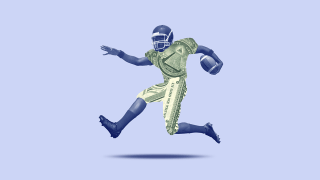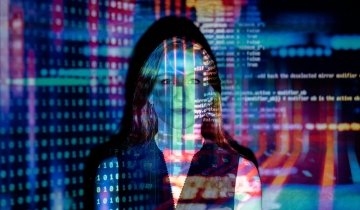Prior to July 1, 2021, student athletes were prohibited from receiving compensation for the use of their name, image and likeness (NIL). This rule, publicly regarded as unfair, was put in place to protect the amateur status of those competing in college sports, while others, including coaches and schools, profited from athletes’ NIL.
After years of resisting changes to this rule, the NCAA finally capitulated as several states were poised to implement laws that would allow student athletes to receive NIL benefits. These new laws came about thanks in part to a lawsuit filed by former UCLA basketball player Ed O’Bannon claiming damages from a video game producer who profited from his NIL. With this new era comes tremendous opportunities, challenges and responsibility for student athletes and the schools they play for.
Access to NIL opportunities is the first step in a long-awaited process to pay college athletes a share of the revenue generated by mega media deals derived from some, but not all, college sports. Of the more than 30 sports sponsored by the NCAA (USC has 21), only men’s basketball and football turn a profit. These two sports, which typically underwrite athletic department budgets including Olympic sports, are made up of more than 80% young Black men, often from low-income backgrounds. Now that NIL is allowed, several student athletes have landed five- and six-figure endorsement deals, and some choose to use their NIL platforms to leverage community service and social justice initiatives.
The challenges associated with NIL include avoiding illegal inducement of potential student athletes and navigating the mental health concerns stemming from managing yet another demand on student athletes’ time and self-image. As expected, NIL has quickly become a means to attract recruits to attend a particular college, even though the new rules expressly prohibit pay-for-play. With some colleges providing athletes with NIL deals just for being on a team, it is not far-fetched to see how these deals can be used to entice potential student athletes. It is the responsibility of schools to avoid illegal recruiting, yet they stand to benefit from the presence of a strong NIL reputation. As such, every institution must walk a fine line between controlling boosters who want to invest money toward that reputation and allowing legitimate opportunities to attract and retain athletes. Student athletes themselves risk losing their eligibility if found to have received money for choosing a particular school.
Before NIL, student athletes were already inundated with demanding schedules from academics, training, rehabilitation and travel for competitions. They now must manage a new category of stressors, including autograph sessions, photo shoots and other NIL events. Expectations to land endorsement deals also put pressure on student athletes to maintain a strong social media presence. These new demands impact mental well-being and require athletic departments to provide robust psychological services.
Although these changes present concerns, there is plenty of opportunity for student athlete empowerment through exposure to brand management and financial literacy. NIL is also a platform for social justice initiatives and access to entrepreneurial, career and professional development opportunities. Additionally, there is a potential for deep academic engagement in subject areas such as writing, business management and communications.
The NIL era is fraught with challenges for colleges and universities who have long benefited from the hard work and performance of student athletes, particularly those who are Black and low-income. There are new and increased pressures to be addressed. These challenges are bemoaned by purists who decry the spiritual decay of collegiate amateurism while ignoring the erosion that came over the past several decades with mega media contracts that only benefited coaches and schools. As institutions learn to grapple with this new reality, they may find solace by embracing NIL as an opportunity to enhance the current and future lives of student athletes.





